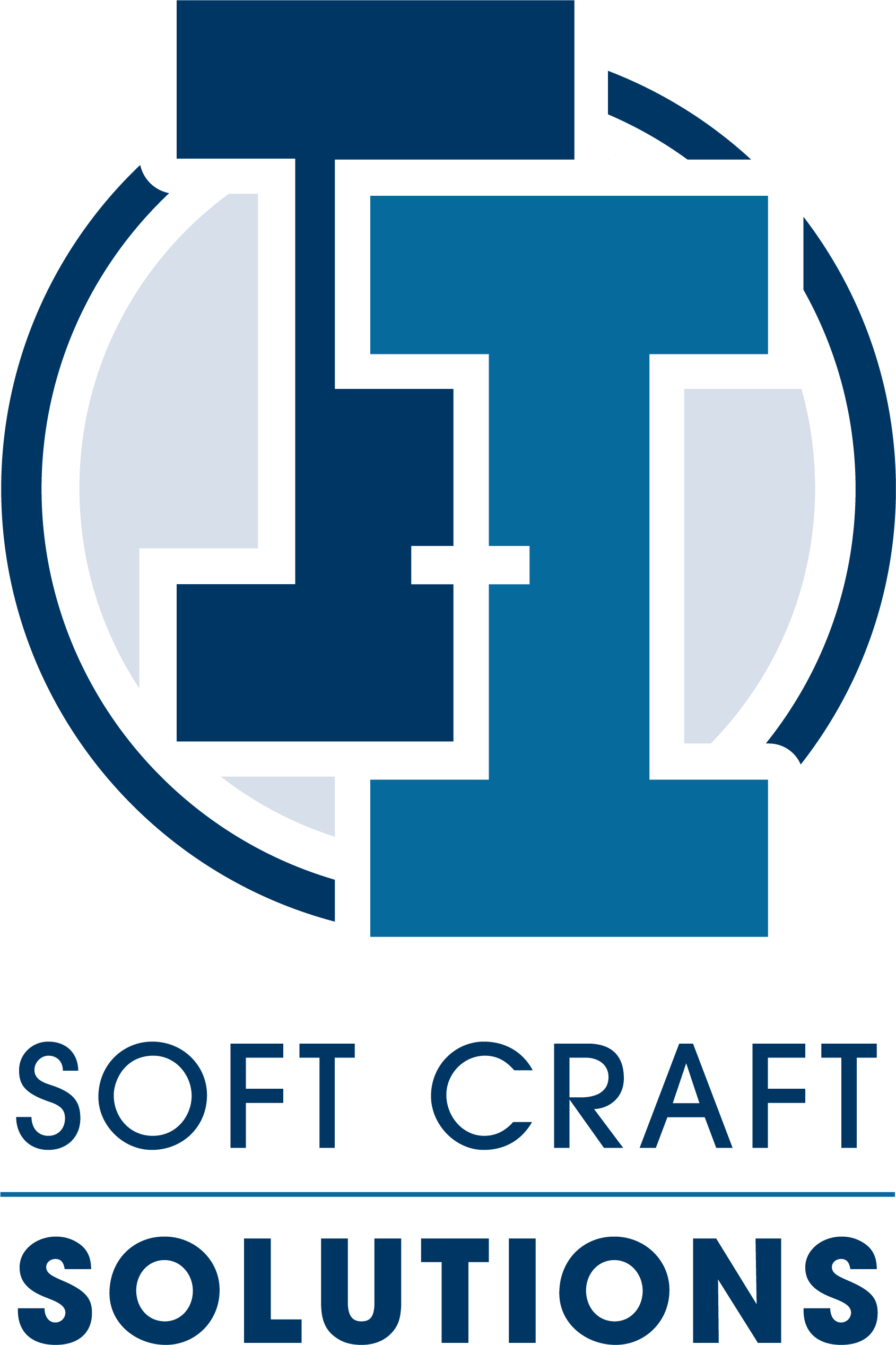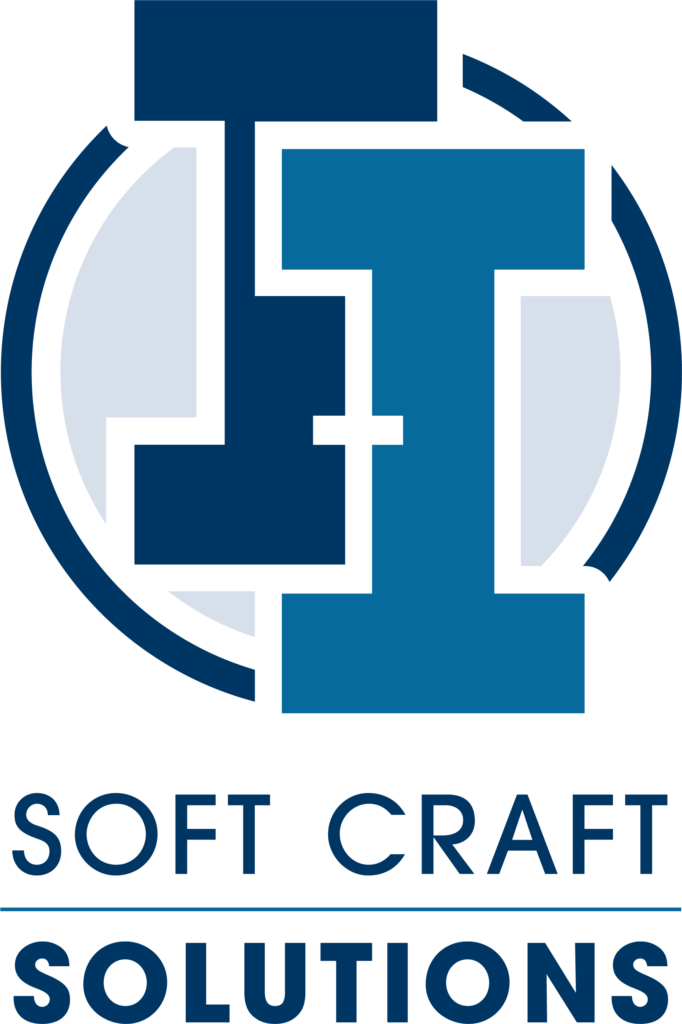
Temperature Control in Industrial Applications: Accuracy, Efficiency, and Safety
Precise temperature control is critical in many industrial processes, from chemical manufacturing to food production. Controlling heat levels accurately not only ensures product quality and safety but also extends equipment lifespan and improves energy efficiency. Why Temperature Control Matters Process Consistency – Prevents variations that could lead to product rejection or failure Safety – Minimizes…

Heat Trace and Freeze Protection: Keeping Your Industrial Systems Safe and Operational
In colder climates or temperature-sensitive environments, heat trace and freeze protection systems are vital for maintaining fluid flow and preventing costly damage. These systems are especially critical for pipelines, tanks, and outdoor process equipment. What Is Heat Trace? Heat trace is an electrical system that uses heating cables to maintain or raise the temperature of…
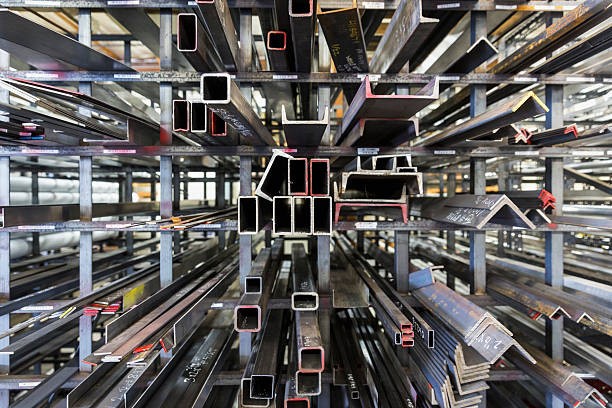
Hazardous Location Certifications: UL 1203, UL 698A, and NFPA 496 Explained
When it comes to industrial electrical systems operating in hazardous locations, safety and compliance are non-negotiable. Certifications like UL 1203, UL 698A, and NFPA 496 are essential for ensuring that electrical equipment does not ignite flammable gases, vapors, or dust. What Is a Hazardous Location? A hazardous location is any environment where flammable gases, vapors,…
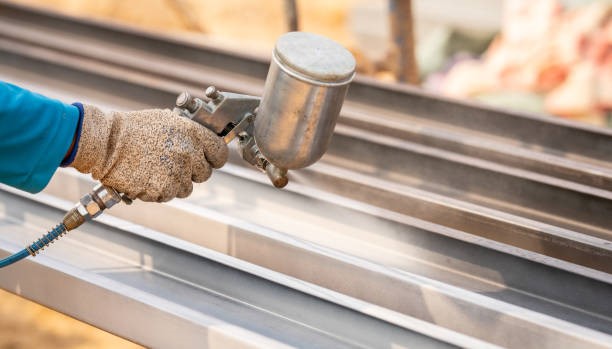
Understanding the Different Types of Coatings for Metal
In industrial construction, metal components are constantly exposed to harsh environments, ranging from moisture and chemicals to heavy mechanical wear. Over time, these conditions can cause severe deterioration if proper protection isn’t in place. One of the most effective ways to protect these materials is by applying the right coatings for metal. Doing so helps…

Skid-Mounted Process Control Panels: Flexible, Turnkey Solutions for Industrial Automation
In today’s fast-paced industrial environments, skid-mounted process control panels offer a compact, efficient, and ready-to-install solution for automating complex systems. These panels are pre-wired, pre-tested, and integrated onto structural skids, providing plug-and-play control for a wide range of applications. What Are Skid-Mounted Control Panels? A skid-mounted control panel is an electrical control unit installed on…

Top Benefits of Fireproofing Concrete with Cementitious Materials
When safety is on the line, fireproofing concrete becomes more than just a precaution—it’s necessary. Whether you’re managing a commercial building, renovating an industrial space, or constructing a residential property, fire safety should be at the top of your list. Think about how fire could impact a high-rise building or warehouse—the structural damage, the potential…

Understanding Switchboard and Panelboard Control Panels in Industrial Applications
Switchboards and panelboards play a critical role in distributing electrical power safely and efficiently throughout industrial facilities. These control panels are designed to manage high electrical loads, protect circuits, and support smooth operations in demanding environments. What Is a Switchboard? A switchboard is a large-scale power distribution unit that manages and directs electricity from a…

Industrial Control Panels: The Backbone of Automation and Process Efficiency
Industrial control panels are at the core of modern automation, enabling precise control and monitoring of machinery, processes, and electrical systems. From Programmable Logic Controllers (PLCs) to Human Machine Interfaces (HMIs), these panels are essential for optimizing industrial performance. What Are Industrial Control Panels? Industrial control panels house electrical components that regulate machinery and processes…

Freeze Protection and Heat Trace: Preventing Equipment Failure in Cold Weather
When temperatures drop, industrial facilities face serious risks from frozen pipes, electrical enclosures, and process equipment. Freeze protection and heat trace solutions are critical for preventing costly damage and maintaining operational efficiency in cold environments. What is Heat Trace? Heat tracing involves the use of specialized cables, tapes, or systems to maintain the temperature of…

Temperature Control Systems: Optimizing Industrial Processes and Equipment Performance
Precise temperature control is crucial across various industries, from manufacturing and chemical processing to food production and power generation. Effective temperature regulation ensures product quality, equipment efficiency, and workplace safety. What Are Temperature Control Systems? Temperature control systems manage heating and cooling processes to maintain specific temperature ranges for industrial applications. These systems can be…
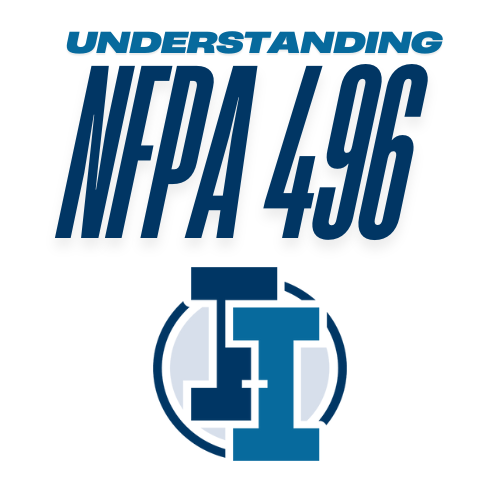
Understanding NFPA 496: Purged and Pressurized Panels for Hazardous Locations
When operating in hazardous environments, ensuring electrical equipment is properly protected is critical for safety and regulatory compliance. NFPA 496, the Standard for Purged and Pressurized Enclosures for Electrical Equipment, provides essential guidelines for safeguarding electrical panels in hazardous locations. What is NFPA 496? NFPA 496 establishes the requirements for purging and pressurizing enclosures containing…
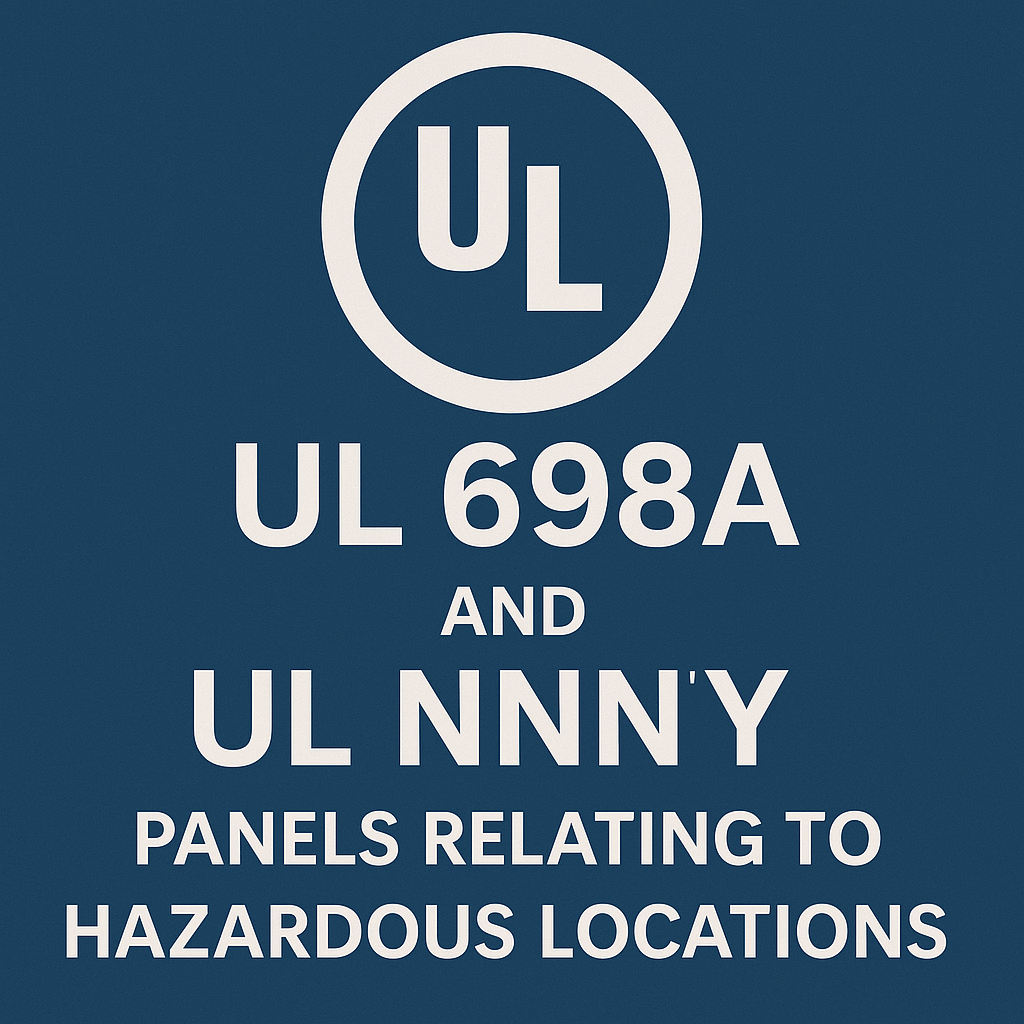
Navigating Hazardous Locations: A Guide to UL 698A and UL NNNY Panels
Industrial facilities operating in hazardous locations require specialized electrical equipment to ensure safety and compliance. Two critical certifications for electrical control panels used in these environments are UL 698A and UL NNNY. Understanding their applications and requirements is essential for engineers, electricians, and facility managers working in industries such as oil and gas, chemical processing,…

UL 891 vs. Panelboards: Choosing the Right Electrical Solution
When it comes to electrical distribution in industrial and commercial settings, choosing the right equipment is crucial for safety, efficiency, and compliance. UL 891 switchboards and panelboards are two common solutions, but they serve different purposes. Understanding their distinctions can help facility managers, engineers, and electricians make the best choice for their applications. What is…

Four Benefits of Investing in Industrial Insulation
Anyone who’s spent time in a factory knows the feeling of heat blasting from bare pipes or the sight of slippery condensation pooling around equipment. These common problems are a clear sign that industrial insulation is often overlooked yet critically important. Understanding industrial insulation is key to improving energy efficiency, enhancing safety measures, and optimizing…
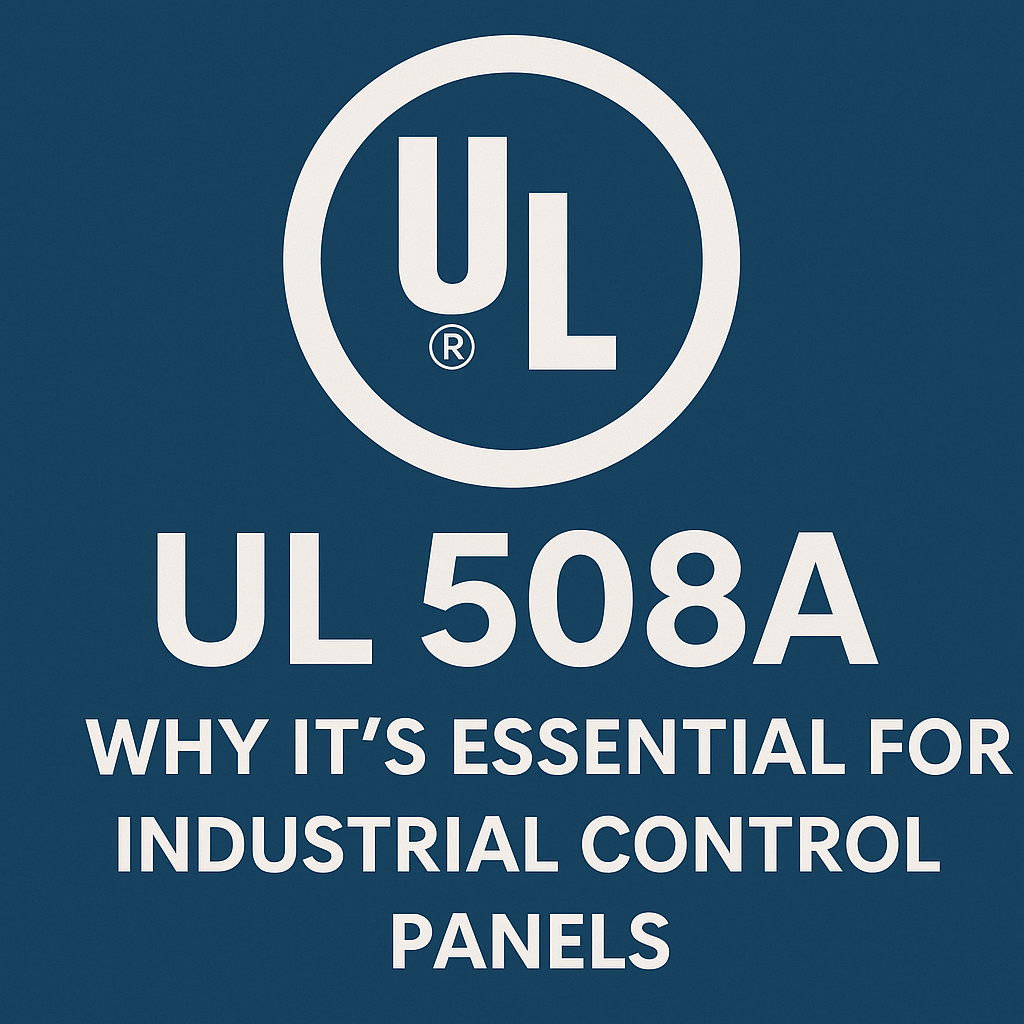
Understanding UL 508A: Why It’s Essential for Industrial Control Panels
When it comes to industrial control panels, safety, reliability, and compliance are top priorities. One of the most critical certifications in the industry is UL 508A, a standard that ensures electrical control panels meet stringent safety and performance requirements. Whether you’re an engineer, facility manager, or OEM, understanding UL 508A can help you make informed…

Exploring Various Types of Fireproofing Materials for Structural Steel
You’re investing in a new building and are excited to see your vision come to life. While design and functionality are at the top of your mind, there’s a crucial aspect you can’t overlook: fire safety. Steel, while strong, has a critical weakness: vulnerability to heat. In a fire, it can rapidly lose strength, risking…

Choosing Intumescent Paint for Steelwork Projects: A Brief Guide
A fire can engulf a building in minutes, and unprotected steel structures are often the first to buckle. But what if you could buy precious time for occupants to escape and minimize damage to your building? That’s where intumescent paint for steelwork comes in. Whether building a commercial or industrial facility or planning a steel…

Top Five Tips for Ensuring Safety With Industrial Scaffolding
In the world of construction, repair, and maintenance, industrial scaffolding is necessary for reaching heights. However, while these temporary structures are essential for getting the job done, they can quickly transform into a hazard if safety isn’t the top priority. A single misstep, a loose plank, or an overloaded platform can lead to falls, severe…

A Guide to Different Types of Scaffolding and Their Uses
Whether constructing a towering skyscraper, planning to renovate an old industrial site, or bringing a historic building back to life, having safe access to elevated areas is essential. That’s where scaffolding comes into play. This vital part of construction is a stable, secure platform for workers to complete jobs at varying heights. However, choosing the…

Intumescent vs. Cementitious Fireproofing: Navigating Options
When protecting structures from fire, selecting the right fireproofing method is crucial. Two common options are cementitious and intumescent fireproofing, each providing unique benefits for different needs and applications. Continue reading to understand the differences that can help you make an informed decision. Cementitious FireproofingThis method combines cement, aggregate, and water to create a thick…
